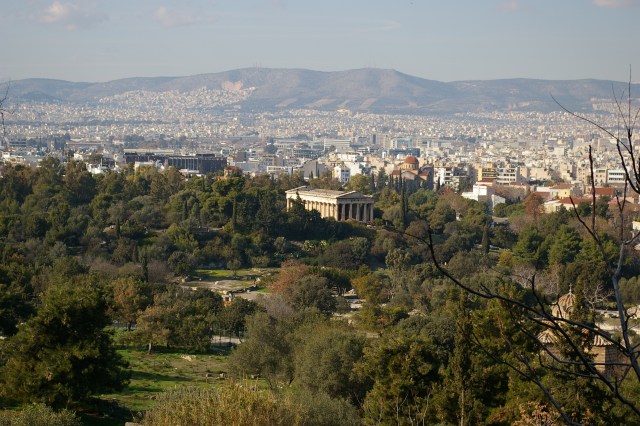There are two historic agoras in Athens with fascinating archeological remains. Agoras are marketplaces that existed during the time of ancient Athens and each of these have historical significance. The Acropolis is obviously the most famous place to visit during any visit to Athens, but going to the agoras should certainly be on your itinerary as well. One can certainly imagine the ancient Greek philosophers walking these very same paths thousands of years ago as they contemplated about life, politics, and philosophy.





The Ancient Agora of Athens – Located at the base of the Acropolis, walking these ancient grounds with the statues, pottery, and stone walls is truly fascinating. The highlight of the site is the Temple of Hephaestus, which is one of the most well-preserved ancient temples in all of Greece. Among the statues that you will see as you walk the ancient roads is the remaining torso of the Roman Emperor Hadrian. There is also a museum on the grounds with many historical artifacts. Of the two agoras, the Ancient Agora is probably the most striking, but that doesn’t mean that you shouldn’t visit the Roman Agora as well.





The Roman Agora – Although smaller than the Agora of Athens, it is definitely still worth visiting. One of the most interesting structures on the site is the Tower of the Winds. It is an ancient clock tower where archeologists have discovered an ancient sun dial, wind vane, and a water clock. There are several outdoor restaurants in the area, which makes it a great place to visit during lunchtime where you can have a meal overlooking the ancient ruins.
Athens is such a wonderful city with an amazing history. With so many sites to visit, you should certainly plan at least several days in Athens in order to see it all.













